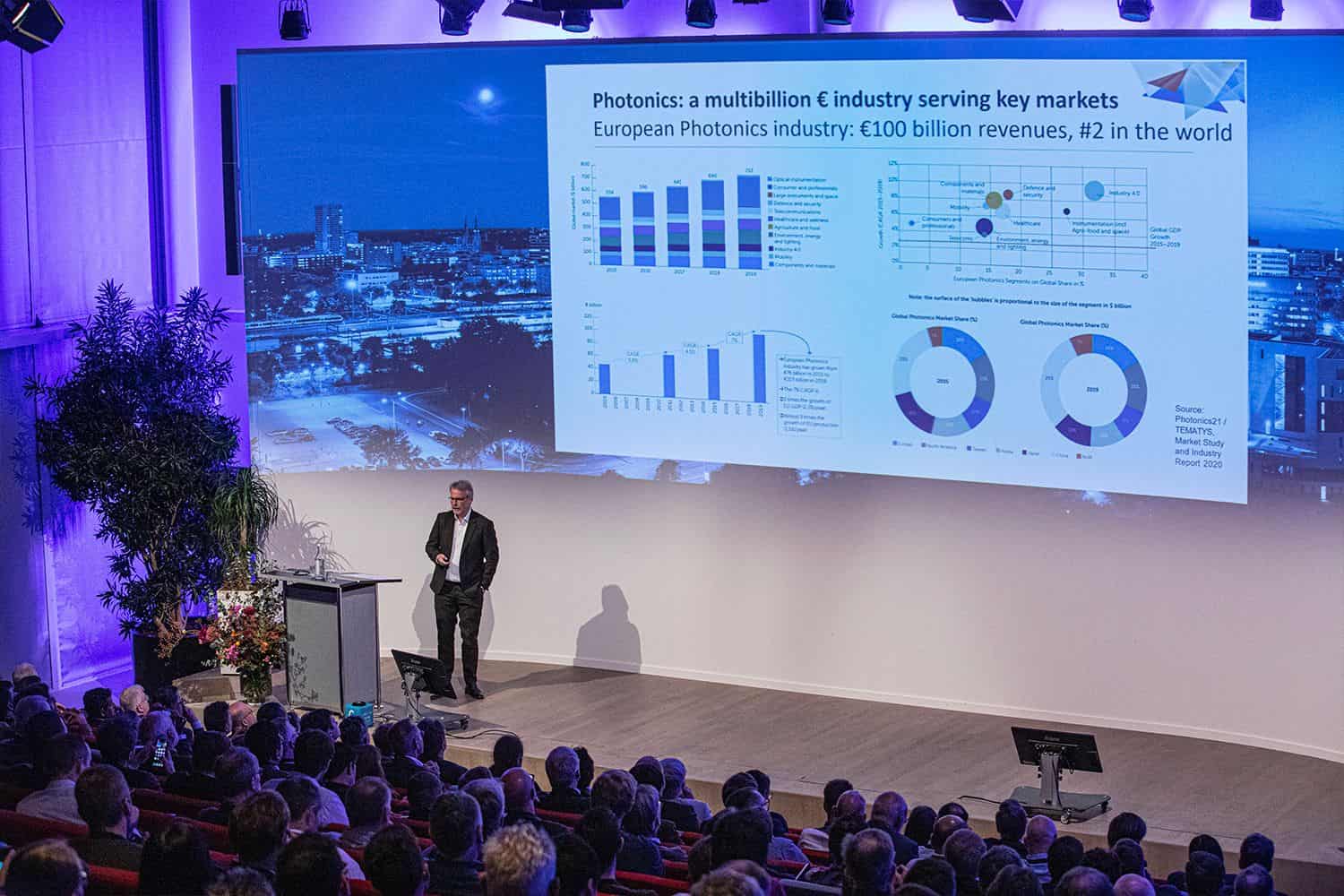
Geopolitical tensions are growing, caused by the rise of China, the Russian invasion of Ukraine, and Europe’s dependence on the United States, among many other factors. The European Commission stresses the need for strategic autonomy, especially around producing microelectronics and photonic chips. The EU Chips Act is an excellent example of these efforts. Of course, it’s great to have a company like ASML within our continent: to build chips, you need chip machines, and that’s what nobody does better than ASML.

But ASML doesn’t produce chips, we need other factories for that. Yes, we have NXP in Nijmegen but the big players are in the U.S., Taiwan, South Korea, and China. So Europe devised a plan to support the start of new factories. Intel seems to be willing to build such a factory, and TSMC maybe as well. But even if we construct dozens of new chip factories, how can we reach autonomy if the raw materials in the semiconductor industry can hardly be found in Europe? Let’s look at what’s needed to produce a chip, photonic or electronic.
What are the raw materials needed to produce a photonic chip?
A photonic chip is a type of microchip that uses light instead of electricity to transmit and process information. The raw materials needed to produce a photonic chip can vary depending on the specific design and fabrication process, but some of the key materials commonly used include:
- Silicon: Silicon is a common material used in the production of photonic chips because it is readily available and has well-understood properties that make it suitable for use in integrated circuits.
- Gallium arsenide (GaAs): GaAs is another material commonly used in photonic chip production, especially for applications that require high-speed processing or sensitivity in the infrared part of the spectrum.
- Indium phosphide (InP): InP is another material that is often used in photonic chip production, particularly for applications that require high-frequency response and low power consumption.
- Lithium niobate (LiNbO3): LiNbO3 is a material that is used in some types of photonic chips, particularly those used in telecommunications applications.
- Germanium: Germanium is another material that is sometimes used in photonic chip production, particularly for applications that require low-power consumption and high-speed processing.
Other materials that may be used in the production of photonic chips include various metals, oxides, and other semiconductors. The specific materials used will depend on the desired properties of the chip and the fabrication process being used.

Which of these raw materials can be mined in Europe?
Silicon can be mined in Europe. In fact, Europe is one of the world’s leading producers of silicon, with major producers located in countries such as Norway, Iceland, and Spain.
Gallium arsenide and indium phosphide are not typically mined in Europe, but they can be synthesized from other available materials.
Lithium niobate is not a mined material but is typically manufactured from niobium and lithium compounds. Niobium is primarily mined in Brazil, Canada, and Australia, while lithium is primarily mined in South America, Australia, and China.
Germanium is not typically mined in Europe, but there are some known reserves in countries such as Germany, Russia, and Ukraine. However, most of the world’s supply of germanium comes from China.
How about the raw materials of microelectronic chips? Where can they be mined?
The raw materials used in microelectronic chips are primarily derived from minerals that are mined from various locations around the world. Some of the key raw materials used in microelectronic chips and where they can be mined include:
- Silicon: Silicon is the most common material used in microelectronic chips and can be mined from various locations worldwide. Major silicon producers include China, Russia, Norway, and the United States.
- Copper: Copper is used in the wiring and interconnects of microelectronic chips and can be mined from many countries, including Chile, Peru, China, and the United States.
- Gold: Gold is used in microelectronic chips primarily for its electrical conductivity and corrosion resistance. Gold can be mined from many countries, including China, Australia, Russia, and the United States.
- Aluminum: Aluminum is used in some microelectronic chips for its thermal properties and can be mined from many countries, including China, Russia, and Australia.
- Tungsten: Tungsten is used in microelectronic chips for its hardness and resistance to high temperatures. Tungsten can be mined from many countries, including China, Russia, and Canada.
Other materials used in microelectronic chips, such as gallium, indium, and germanium, can also be mined from various locations worldwide. The specific areas and availability of these materials can vary depending on the type of mineral and its geological distribution.

